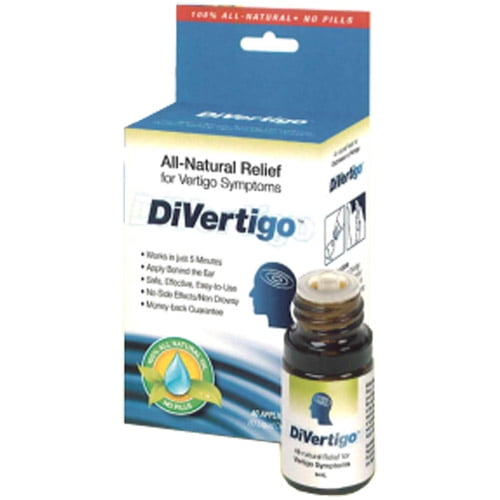
oral drugs for IBS) for motion sickness, but there currently is no oral version of scopolamine (hyoscine).

Oral versions of scopolamine would seem equally likely to work as patches (e.g. meclizine, hyocyamine, and many other antihistamines), but scopolamine has no central antihistamine component (which is associated with sleepiness and weight gain). scopolamine) is better than any other ACH antagonist (e.g. There is no reason to believe that any one nonselective ACH antagonist (e.g. There are also some reports of scopolamine inducing migraine, as well as a withdrawall syndrome. Diphenidol (Vontrol), is also an anticholinergic, although little used in the US. Scopolamine and atropineĪre nonspecific muscarinic receptor antagonists (Barton et al, 1994 Soto et al, 2013). They all make it harder to think as well as acetylcholine is an important neurotransmitter in the brain. Ineffective if administered after symptoms have already appeared.Īll anticholinergics used in the management of vertigo have prominent sideĮffects of dry mouth, dilated pupils, and sedation. Unlike antihistamines which will be discussed subsequently, pure anticholinergics are Important in treating vertigo, since anticholinergic drugs that do not cross theīlood-brain barrier are ineffective in controlling motion sickness (Takeda et al, 1989).
#DRAMAMINE FOR VERTIGO PATCH#
Hyoscine, or scopolamine, is mainly used in the patch form to prevent motion sickness.Īgents with central anticholinergic effects are most Hyoscyamine, which is the L-isomer of atropine, is a common ingrediant in antispasmodic treatments for IBS. Thus it makes some sense to use prescription anticholinergics rather than OTC mixed drugs (such as meclizine). The antihistamine component has side effects of sleepiness and long term weight gain (see below). Examples are meclizine, dimenhydrinate, and diphenhydramine. The mixed antihistamine/anticholinergic drugs are often available OTC, or "over the counter". Reversible overcompensation if administered after compensation has been attained to a Anticholinergics also affect compensation, producing a The action appears to be mainly central, although there are receptors in both the periphery and centrally. Situation or for a serious disease for which safer drugs cannot be used or areĪnticholinergicswhich affect muscarinic receptors, such as scopolamine, Through D (there is positive evidence of human fetal risk, use only in a life-threatening Pregnancy category varies fromĪ (controlled human studies have failed to demonstrate a risk to the fetus) Table 1: Vestibular Suppressants (order of preference)īenzodiazepine drug dependency, long half life.Īnticholinergic, tricyclic antidepressant,ĭoses are all those used routinely for adults, and will generally not beĪppropriate for children.

The antihistamines, and the benzodiazepines. Suppressants, which consist of three major drug groups, the anticholinergics, Imbalance or which reduce motion sickness. One generally used to indicate drugs that reduce nystagmus evoked by a vestibular The term "vestibular suppressant" is a vague Vestibular suppressant and antiemetic drugs are the mainstay We also highly recommend the neuropharmacology review article written by Soto et al (2013).Ī discussion of drug treatment should start with a discussion of the neurotransmitters used to signal in the vestibular system.

An older version of this article can be found in print: (Yacovino and Hain, 2012).

See also: Drug treatment of central vertigo.Īt a continuing medical education level.


 0 kommentar(er)
0 kommentar(er)
